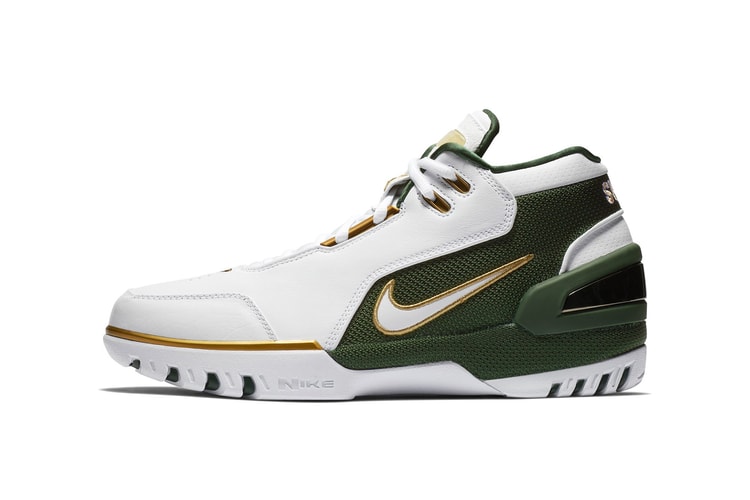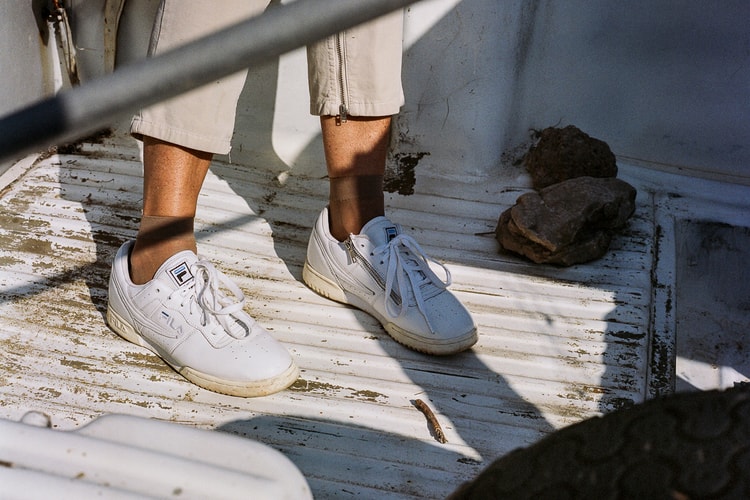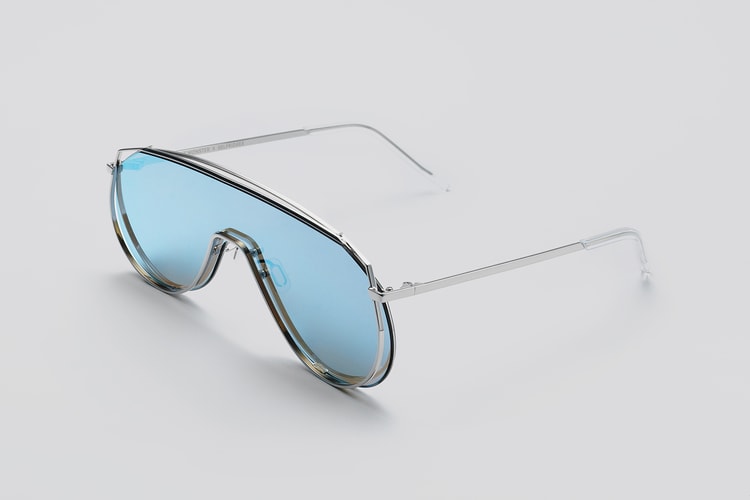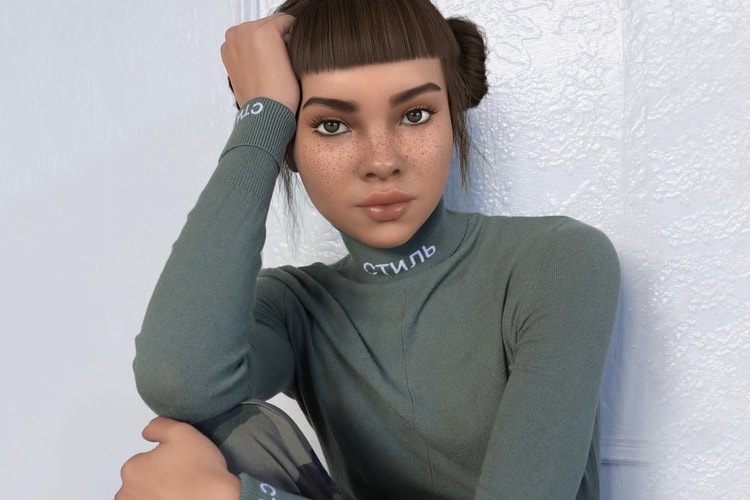Japanese Subcultures You've Never Heard of: Guro Lolita & Yami Kawaii
Exploring the roots and rationale behind the horror and mental health-influenced trends.
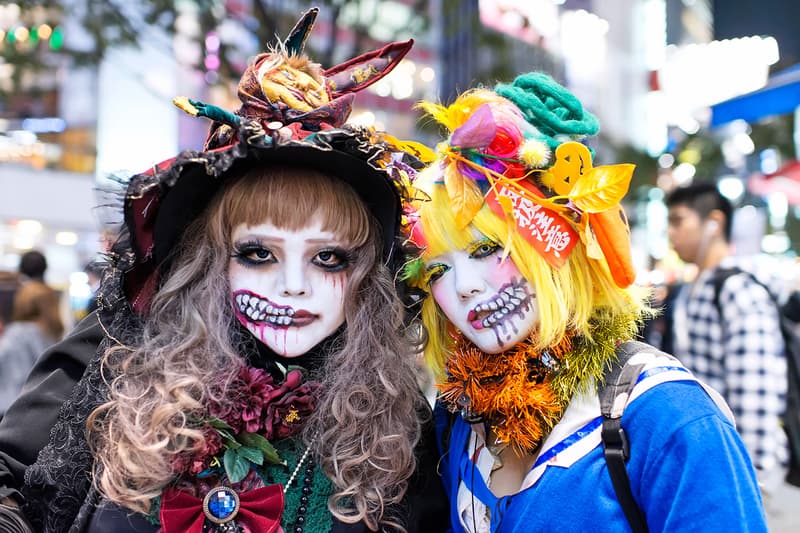
Considering the size of the country, it’s impressive how much Japan has influenced the rest of the world; Japan’s technology, video games, cars, anime, food and music has permeated the collective consciousness of the planet. Although articles have been dedicated to topics ranging from Shibuya-Kei music to BE@RBRICK, certain niche Japanese subcultures have yet to receive proper attention. Ranging from countrywide crazes to online-only collectives, Japanese society’s unique blend of borrowed cultures is a breeding ground for distinctive trends, some with longer shelf lives than others. In this series, we aim to document oft-underappreciated Japanese subcultures, shedding light on relevant elements of Japanese society that have yet to receive deserved attention.
Perhaps one of the most impenetrable Japanese trends to ever find a foothold outside of the country, Lolita fashion is a subculture wherein young women employ feminine takes on austere Victorian clothing, layering up in heavily stylized, accessorized outfits and joining groups of similarly-dressed friends to shoot photos, curate tea parties and go shopping. Ostensibly a form of social-driven dress-up more than a proper fashion movement, Lolita outgrew its Japanese roots in the past two decades, finding fans around the world. The formation of the style may be traced to the ‘80s, but the styles as it’s recognized today developed in the late ‘90s. In the early 2000s, a host of offshoot styles emerged, including Punk and Princess Lolita. One of the more bizarre mutations was a style dubbed “Guro Lolita,” partially born of a fusion of erotic and grotesque imagery known as the Ero-Guro art movement.
Influenced more by Alice in Wonderland than Vladmir Nabokov’s Lolita, the early days of Lolita saw girls modernizing Rococo and Victorian clothing into an understated, everyday style of dress, later generations began to femininize the style. The younger Lolita added layers of colorful petticoats, ornately-detailed bags and time-consuming makeup. By the turn of the century, many sought an alternative to the pristine, ultrafeminine coordinates worn by most Lolita. Punk Lolita & Goth Lolita emerged as a natural counter, which led to smaller splinter movements like Guro Lolita. Guro Lolitas styled their black dresses with splashes of fake blood and accessories like bandages or fake eyeballs — a stark contrast to the saccharine sweetness preferred by traditional Lolitas. The movement represented a growing sect of Japanese youths that sought anathema to Japanese pop culture’s predilection towards the overtly feminine, the sugary sweetness put forth by slice-of-life anime, J-Pop groups and Hello Kitty merch. These girls appreciated visual-kei music, a theatrical reinterpretation of nu-metal and hard rock, and enjoyed Takashi Miike’s films as much as they did Sailor Moon.
Guro (“grotesque”) manga artists like Junji Ito, described by Guillermo Del Toro as “The David Cronenberg of manga,” played a role in the formation of Guro Lolita. In the late ’80s, Ito and other artists like Suehiro Maruo began publishing dark, gory comics that built on horror tropes established by forerunners like Kazuo Umezu. These younger artists added in body horror, supernatural themes and even the rare bit of black comedy, creating a disturbing genre of manga dubbed guro manga. Guro manga was a natural evolution of the Ero-Guro (“erotic grotesque”) art movement founded in 1930s Japan, blending sexual elements with gross-out imagery and scenes of intense violence. Meanwhile, later artists like Masaki Okayu and Mori Chack blended this gory art with more familiar cutesy manga. Chack’s Gloomy Bear manga starred a cute-looking bear that bloodily mauled its human owner, while Okayu’s Bludgeoning Angel Dokuro-Chan balanced its slice-of-life storyline and charming characters with brutal executions of the male lead. These subversive works inspired Guro Lolita, which undercut Lolita’s cloyingly sweet focus with guro detailing.
[Guro Lolita] represented a growing sect of Japanese youths that sought anathema to Japanese pop culture’s predilection towards the overtly feminine.
A variety of Tokyo brands and boutiques catered to both mainstream and alternative Lolita styles — Alice and the Pirates and Maxicimam specialized in goods that darkly reimagined Lolita style and thus catered to the likes of Goth, Punk and Guro Lolita. The brands that made these alternative Lolita pieces varied in size and were often subsets of larger companies seeking to cash in on the trend. Occasionally, wannabe Guro Lolita simply sliced up a cheap petticoat and splashed the distressed dresses with red acrylic paint for a bloody look. Bloodsoaked bandages and ripped teddy bears made for popular accessories. Because of these stylistic oddities, fans of Guro Lolita were more keen to approach the clothing as an occasional costume, instead of a uniform; other accessible Lolita styles were more easily formatted for daily wear. Guro Lolita’s limited following and niche applications thus resulted in the style petering out in the late ‘00s. Despite its relatively brief lifespan, Guro Lolita’s sardonic influence resonated with Tokyo youths. In fact, there has been a recent upsurge in Guro Lolita collectibility — Gravelvet recently ran through some of the most desirable Guro Lolita goods.
Late 2012 saw the rise of Yume Kawaii (“Dream Cute”), which foresaw a shift from the strict coordinates of Lolita to a more casual style of dress. Young women traded sensible skirts, frills and Mary Janes for platform sneakers and patterned sweaters, but they retained the femininity of Lolita, with cutesy imagery (think rainbows, hearts and bunnies) decorating their pink bags and skirts. Yume Kawaii followers fused ultra-feminine Lolita clothing with elements of quintessential Harajuku style in the vein of “Decora-Chan,” a subset of the exuberantly over-styled looks seen in FRUiTS magazine. Decora-Chan girls would decorate their faces with stickers and hair with clips, strolling through town in rainbow shoes, oversized denim overalls and oversized graphic tees, but they lacked the sense of community that informed Lolita, who often coordinated outfits together and hosted group picnic or photoshoot sessions. Yume Kawaii is a sprawling subculture bolstered by its widespread appeal and loose tenants, encouraging a host of disparate styles that follow only the most general of themes — i.e. “girly” clothing with plenty of pink, cutesy graphics, feminine accessories like hair bows and pumps. Japanese lifestyle site GetNews recently covered the trend’s stylistic roots.
Two years later, a wave of micro-communities had been sparked by the growth of Yume Kawaii, which included Yami Kawaii. Roughly translated as “Sick Cute,” Yami Kawaii isn’t Lolita fashion, but like Guro Lolita before it, fans of Yami Kawaii wear clothes that tap into a moodier side of popular culture. Instead of wearing costumey dresses spattered with blood, Yami Kawaii girls wear clothes emblazoned with safety pins, guns and phrases like “依存症” (Literally, “Dependence,” used in the context of drug addiction); they accessorize with gauze wraps and face masks. Though Yami Kawaii retains an underlying air of playfulness, this style is more aligns more closely with a proper wardrobe than Guro Lolita, and occasionally yields truly shocking imagery: Fans upload pictures to social media ranging from pink syringes jabbed into arms to nooses surrounded by digital sparkles and pastel borders. This level of unflinching sincerity speaks to a deeper issue that perpetually frustrates Japanese youths.
For decades, mental health has been stigmatized, with sufferers frequently misdiagnosed or ignored; only in the past few decades has the topic been tackled more directly.
Japan’s reluctance to tackle mental health issues has long stymied the country. For decades, mental health has been stigmatized, with sufferers frequently misdiagnosed or ignored; only in the past few decades has the topic been tackled more directly. As Chee Hong Ng noted in The Stigma of Mental Illness in Asian Cultures, Japanese “psychological distress is frequently expressed in somatic terms and often treated as disguised diagnoses. It is also linked to psychological weakness (such as lack of willpower to exercise self-control) or sociomoral concerns.” Business of Fashion’s recent coverage of Yami Kawaii included a quote from University of Michigan cultural anthropologist Allison Alexy, who stated, “One difference between Japan and the US is the likelihood of people going to talk to a counsellor or therapist. It’s much more popular in the US. In some cases [in Japan], I hear people who say they don’t want to go to a therapist because they think it would make them look ‘crazy.’”
Indeed, Japan is just barely coming to terms with the idea of treating mental health as a public problem, as opposed to a private embarrassment. This lack of professional care means many young Japanese lack access to proper treatments and support — this disillusionment is manifested in the flippantly dark ideology behind Yami Kawaii. While the concept of whimsical depression sometimes yields existential memes over in the West — some Japanese youths cope with self-aware clothing and message board posts. While Lolita communities bond over overtly-feminine clothing, fans of Yami Kawaii enjoy the stylized clothing but also involve themselves in a far-ranging supportive community. Yami Kawaii isn’t only an outlet for pent-up frustration, of course — some youths simply enjoy the intentional melodrama implied by wearing tees emblazoned with “Don’t Touch Me” or manga characters swallowing pills. Though to the outside world, it may come off as taboo to fetishize and “cuteify” mental illness, but Yami Kawaii is within Japan’s cultural norms, taking an oft-ignored subject and granting it relevance through self-aware blog posts, clothing and artwork. Tellingly, Yami Kawaii is written multiple ways in Japanese, with the two most popular stylizations written as “病みかわいい” and “闇かわいい” — “sick cute” and “dark cute,” respectively (they’re pronounced the same). These different readings imply that there the style has two sides: the sincere, mental health-referencing angle, and a moody, performative side.
The widespread popularity of Yami Kawaii was reflected in its unofficial mascot named Menhera-chan (a portmanteau of “mental health”), a wide-eyed cartoon girl with bleeding wrists and a still-active J-Pop group dubbed Zenbu Kimi no Sei Da (“Blame Everything on You”), digitally represented by sickly-looking anime girls toting syringes and guns. Yami Kawaii’s continuing influence is also reflected in the designs of contemporary Japanese fashion brands like Banal Chic Bizarre & KIDILL, ensuring that there’s no lack of eyebrow-raising clothing coming out of Japan. Though the style is now in its twilight years, its lighthearted cynicism and continuing relevance ensure that Yami Kawaii retains a loyal following of depressed Japanese youths.
















